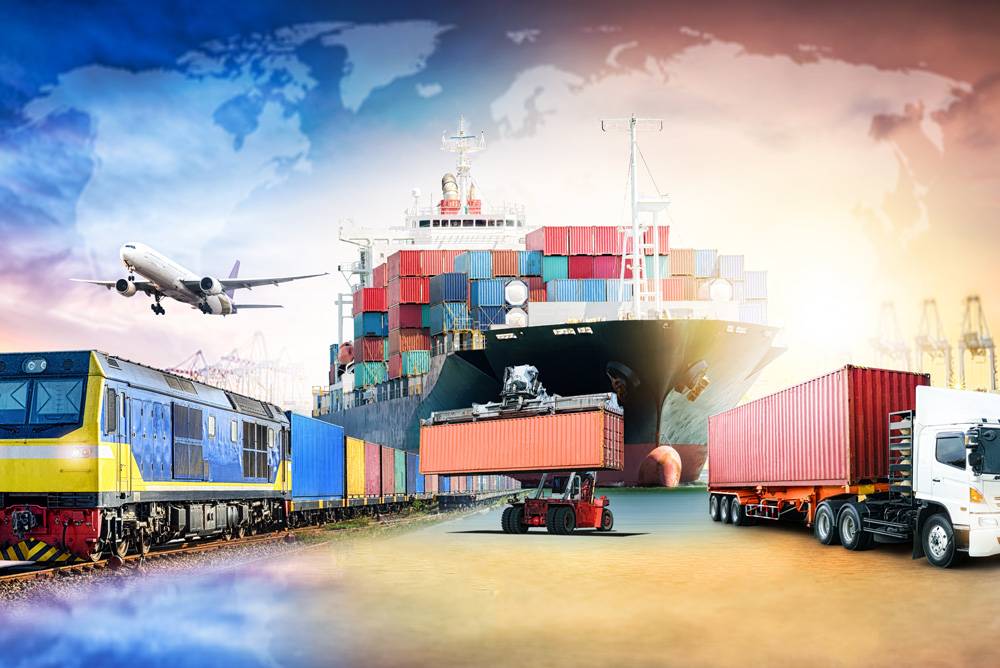Intermodal transportation has been a critical component of global trade for decades. It involves the use of multiple modes of transportation, such as trains, ships, and trucks, to move goods across long distances. However, the industry is evolving rapidly, and emerging trends and technologies are shaping the future of intermodal transportation.
One of the most significant emerging trends in intermodal transportation is the increasing use of automation and digitization. Many companies are investing in new technologies such as artificial intelligence, machine learning, and robotics to optimize their supply chain operations. For instance, autonomous vehicles and drones are becoming more prevalent, allowing companies to move goods faster and more efficiently.
Another emerging trend in intermodal transportation is the use of data analytics. With the growth of the Internet of Things (IoT), it is becoming easier to collect and analyze data from different sources, such as sensors and GPS devices. By analyzing this data, companies can gain valuable insights into their supply chain operations, such as how to optimize routes, reduce costs, and improve delivery times.
Moreover, the integration of blockchain technology is set to revolutionize the intermodal transportation industry. Blockchain can provide a secure and transparent way to track shipments from origin to destination, reducing the risk of fraud and increasing trust among different parties in the supply chain. It can also streamline documentation processes, reduce paperwork, and improve efficiency.
The future of intermodal transportation is also heavily influenced by environmental concerns. With the growing awareness of climate change, companies are under increasing pressure to reduce their carbon footprint. The use of electric and hybrid vehicles is becoming more prevalent, and there is a growing interest in alternative fuels such as hydrogen and biofuels. Furthermore, the integration of renewable energy sources, such as solar and wind, can help reduce energy consumption and emissions.
Another important trend in intermodal transportation is the shift towards a more customer-centric approach. Customers are demanding more transparency, flexibility, and convenience in their delivery options. This has led to the development of new services, such as real-time tracking, flexible delivery windows, and home delivery options.
In conclusion, the future of intermodal transportation is bright, with emerging trends and technologies set to revolutionize the industry. Companies that embrace automation, data analytics, blockchain, and renewable energy sources can gain a competitive advantage and improve their supply chain operations. With a customer-centric approach and a focus on sustainability, the intermodal transportation industry can continue to thrive in the years to come.

Seashore transportation is a transportation staple in La Porte Texas.



